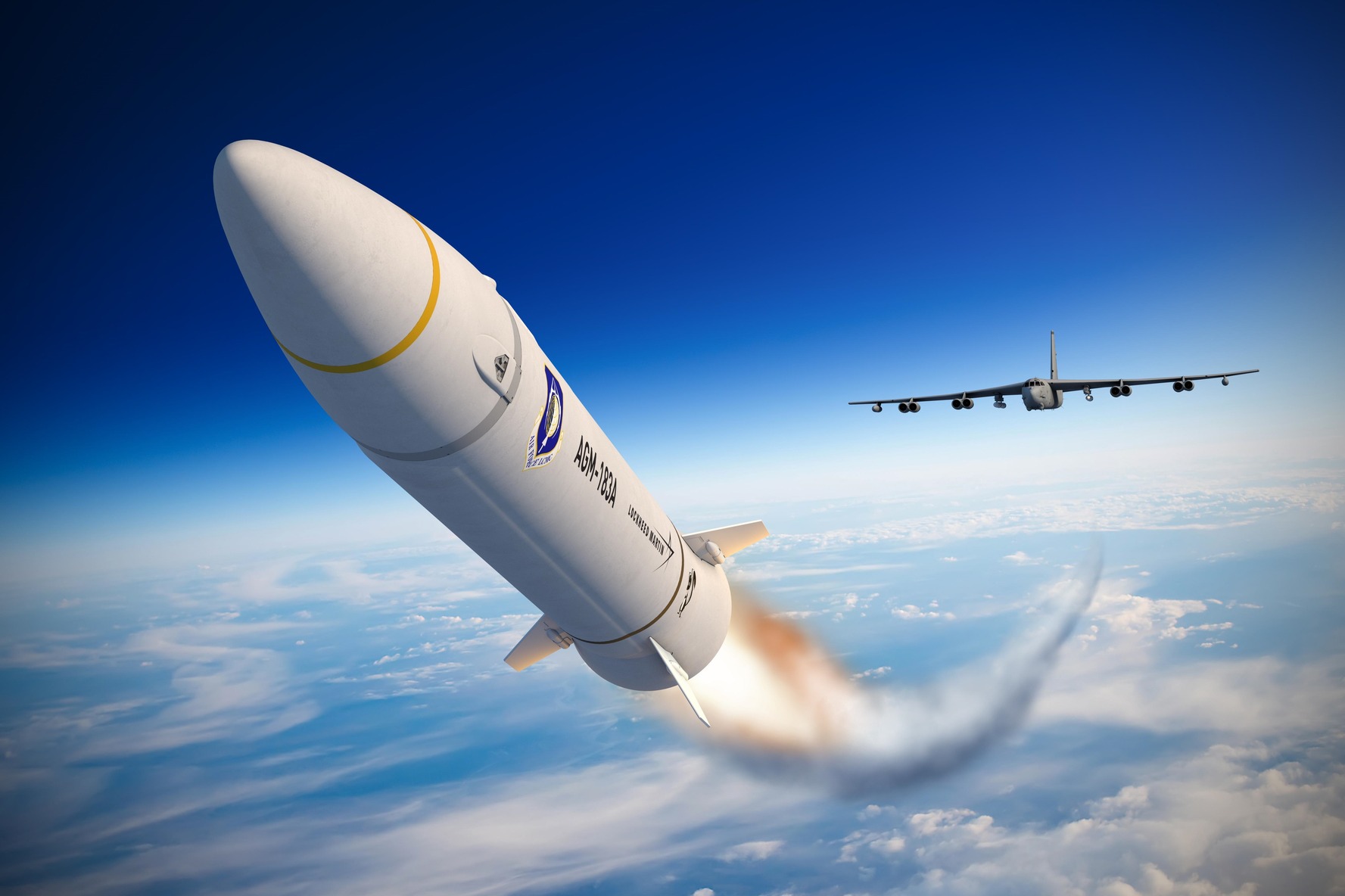NATO and Ukraine have scheduled urgent discussions next Tuesday in response to a significant escalation in the ongoing conflict with Russia. The talks come after a devastating attack on a Ukrainian military facility in the central city of Dnipro, which was carried out using Russia’s advanced intermediate-range hypersonic ballistic missile, the Oreshnik. This marks a significant shift in the nature of the conflict, with experts noting the introduction of a highly sophisticated weapon that could drastically alter the dynamics of the war.
Escalation of the War
The attack on Dnipro, which occurred on Thursday, is seen as part of a broader strategy by Russia to assert its military superiority. Russian President Vladimir Putin confirmed in a televised address on Friday that the strike was retaliation for Ukraine’s use of longer-range missile systems, provided by the United States and the United Kingdom. These Western-supplied systems, including the ATACMS (Army Tactical Missile System), have allowed Ukraine to strike deeper into Russian territory, heightening tensions between the two nations.
Putin touted the Oreshnik missile as a breakthrough, claiming that “no one in the world has such weapons” and insisting that Western air-defense systems would be incapable of countering it. He also indicated that Russia would continue testing and deploying this weapon in combat, contingent on the evolving security threats. According to Putin, Russia already has a stockpile of these advanced missiles ready for use.
The missile that struck Dnipro reached speeds of Mach 11 (approximately 8,400 miles per hour) and carried six non-nuclear warheads, each containing six submunitions, resulting in widespread destruction at the targeted military facility. The Ukrainian government responded by canceling a parliamentary session as a precautionary measure following the attack.
Global Response and Calls for Action
Ukraine’s President Volodymyr Zelenskyy has urged world leaders to take immediate and decisive action to prevent further escalation. In his nightly address on Friday, Zelenskyy emphasized the importance of a unified international response to the growing threat from Russia. He called for a “serious response” to make Putin realize the grave consequences of his actions and to deter further expansion of the war.
Zelenskyy highlighted that the Ukrainian military is already working on developing new air defense systems capable of countering hypersonic missiles like the Oreshnik. “The world must respond with urgency to avoid further escalation,” he said, stressing that the international community must not allow Russia’s aggressive actions to go unchallenged.
The missile strike has also prompted increased concerns over the potential risks posed by Russia’s continued testing and deployment of such weapons. Zelenskyy and other Ukrainian officials have warned that Putin may attempt to intimidate both Ukraine and the wider European population, using these technological advancements as a psychological tool in addition to a military one.
Regional Security Concerns and Responses
The growing threat has also drawn attention from European allies, with Czech Foreign Minister Jan Lipavský calling the missile strike an “escalatory step” designed to intimidate both Ukraine and Europe. In a press conference in Kyiv, Lipavský reaffirmed his country’s support for Ukraine, stressing the importance of delivering advanced air-defense systems to protect Ukrainian civilians from Russia’s “heinous attacks.” He further emphasized that the Czech Republic would not impose restrictions on the use of weapons and military equipment provided to Ukraine.
However, Hungary’s Prime Minister Viktor Orbán, known for his closer ties with Russia, has raised concerns about the role of the United States in the conflict. Orbán suggested that the sophisticated missile systems used by Ukraine likely involved direct American assistance, implying a greater U.S. military role in the conflict. He also warned against underestimating Russia’s capacity to escalate the situation, pointing to recent changes in Russia’s nuclear deployment strategy, which he argued should not be dismissed as mere posturing.
Orbán’s remarks highlight the division within Europe over the response to Russia’s aggression. While countries like the Czech Republic continue to push for stronger military support for Ukraine, others, including Hungary, remain cautious about further entanglement in the conflict, citing the potential risks of direct confrontation with Russia.
Ongoing Military Developments in Ukraine
Meanwhile, reports from Ukrainian military officials suggest that around 60,000 Russian troops are currently concentrated in the Kursk region, a key strategic area in the conflict. These forces are reportedly attempting to push Ukrainian military units out of the region, further intensifying the ongoing struggle for control over contested territories. As the war enters its 33rd month, the situation remains fluid, with both sides bracing for further military confrontations.
The introduction of the Oreshnik missile underscores a critical turning point in the war, with the potential to shift the balance of power. NATO’s emergency talks with Ukraine next week are expected to focus on strengthening defense capabilities, as well as formulating a coordinated response to Russia’s increasingly sophisticated weaponry.
Conclusion
The escalation represented by Russia’s hypersonic missile strike in Dnipro is a stark reminder of the high stakes involved in the ongoing conflict. As NATO and Ukraine prepare for urgent talks, the international community faces the difficult challenge of managing an increasingly complex and dangerous situation. With Russia deploying advanced weapons systems and demonstrating a willingness to escalate further, the coming days may prove decisive in shaping the trajectory of the war.



